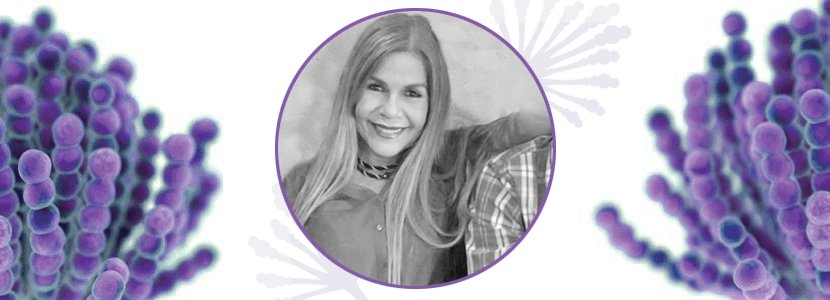🔒
Activa tu biblioteca com o Premium Plan
Se deseja guardar artigos e notícias para tê-los sempre à mão,
é necessário uma assinatura Premium.
-
Guarde seus conteúdos favoritos.
-
Acesse quando quiser a partir da sua biblioteca pessoal.
-
E desfrute de muitos outros benefícios exclusivos.
Suscríbete

